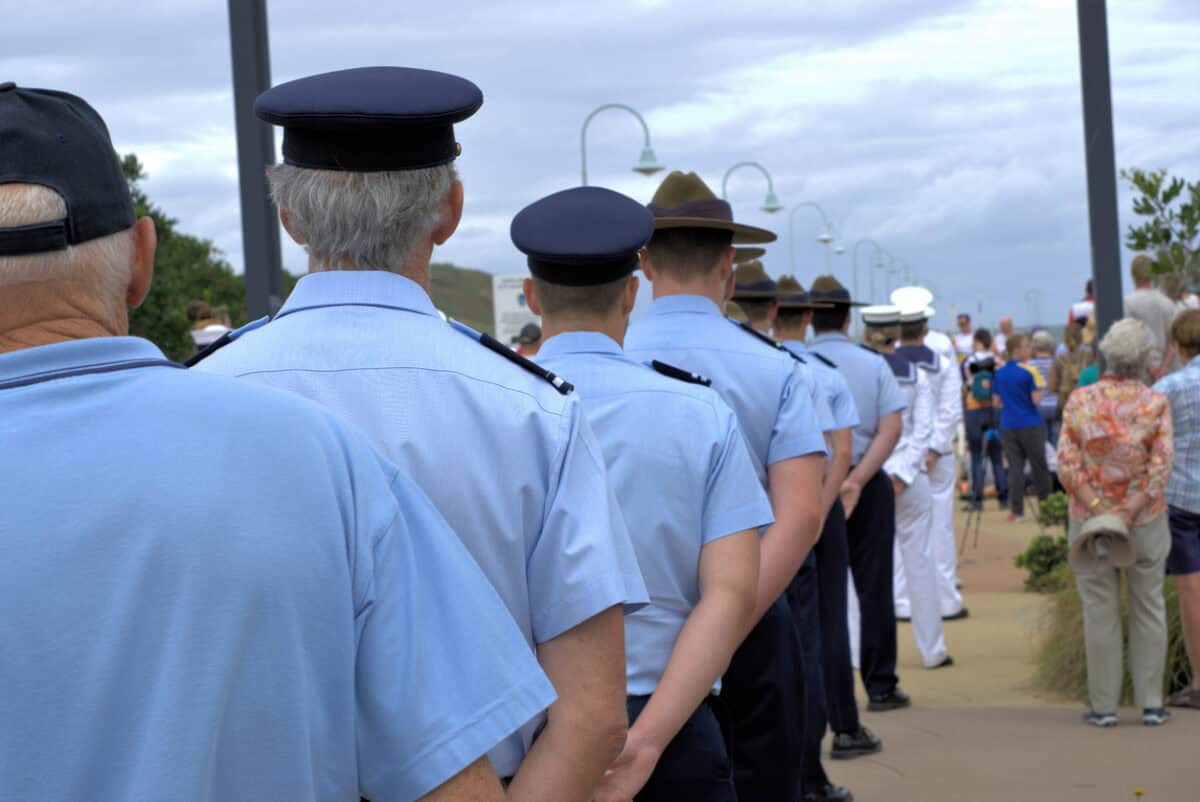“If it cannot be done safely, it should not be done at all.” I have heard this phrase repeatedly over the last 12 months in particular. It is a truth, but it also avoids all of the flexibility our occupational health and safety (OHS) laws, institutions and interpretations have allowed for decades. Perhaps our tolerance of this flexibility is fading.
I was reminded of the quote above when reading an article (paywalled) in The Times on October 17, 2024, written by Will Humphries titled “Army sexual harassment: ‘People wouldn’t join if they knew the truth’”.







